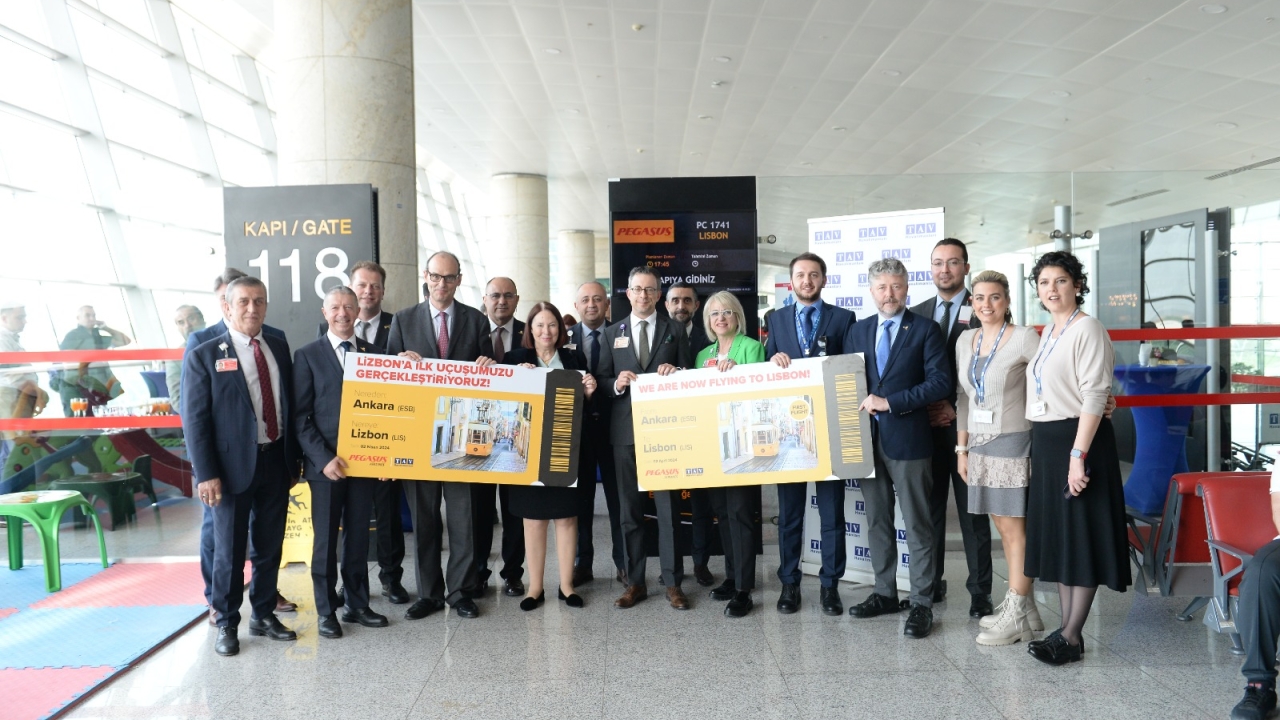Emirates bids farewell to its last Boeing 777-200

With Emirates taking delivery of 24 new aircraft in 2014/15 and 26 new aircraft planned to enter service this year, retiring older aircraft helps Emirates operate one of the youngest fleets in the skies today. Emirates currently operates 234 all wide-body aircraft, across six aircraft types. It is also the world’s largest operator of the Airbus A380 and Boeing 777 aircraft.
"Our modern and efficient aircraft not only help reduce environmental impact, but also enable Emirates to offer the latest facilities and provide our customers with a better onboard experience as well as the capacity we need to grow our operation. Our investment in modern wide-bodied aircraft has always been the cornerstone of our strategy and success,” said Adel Al Redha, Executive Vice President and Chief Operations Officer, Emirates.
With seven aircraft phased out in 2014 and another 10 planned for retirement this year, the Emirates Aircraft Assets team of 35 employees in coordination with other teams are busy around the clock managing the retirement of older Emirates aircraft. This not only includes a significant amount of paperwork and administrative tasks, but also involves returning the aircraft in a similar physical condition to when it was received.
Emirates recently phased out A6-EMF, the last remaining Boeing 777-200 from its fleet. The aircraft departed from Dubai International to Arizona via Boston for de-registration on 14 July. Since joining the Emirates fleet in 1996, A6-EMF flew an estimated 60 million kilometres (enough to fly to the moon and back nearly 80 times) and transported hundreds of thousands of passengers to destinations as far and wide as Warsaw and Ho Chi Minh City. Watch the final departure of A6-EMF here.
“In order to keep our fleet modern, efficient and appealing to our customers, we phase out some of our older aircraft on a regular basis. So far, in 2014 and 2015 we have phased out three B777-200s and eight A340-500s on schedule, which is no mean feat in itself. For the year 2015/2016, we’re planning a total of 10 phaseouts,” says Philip Audsley, Manager, Aircraft Assets.
Depending on the aircraft agreement, Emirates either returns the aircraft to the lessor at the end of the lease term, or presents the aircraft to the market for sale.
“The process of giving back a leased aircraft actually begins up to a year prior to the return of the aircraft, and includes meetings with the leasing company, providing paperwork and service/history records, liaising with the procurement department regarding the high value items fitted to the aircraft (such as landing gears and engines), and multiple physical inspections,” Mr. Audsley continued.
Physically, the aircraft goes through a number of processes, including a ‘de-branding’ exercise, which includes removing Emirates livery and branding from the aircraft. In effect, the aircraft becomes unrecognisable that it was an Emirates aircraft, apart from the seating and carpet, which remains intact.
Emirates pilot, Captain Constantinos Nicolaou flew A6-EMF to its final destination in Arizona.
“She’s been good to us,” said Captain Nicolaou, as he bid farewell to the aircraft. “Who would have thought when we first received this Boeing 777-200, that less than two decades later Emirates would emerge as the world’s largest wide-body airline, and the world’s largest operator of Boeing 777s. I wonder what the next two decades will bring.”
Analyst Saj Ahmad commented: “As the biggest customer and operator of the 777 family, and indeed, the only airline in the world to own and operate every version of the 777, the retirement of the 777-200 closes a lengthy chapter of success.
“In doing so, Emirates' growth thanks to the early adoption of the 777-200 in the 1990s has paved the way for its current expansion and success and ultimately saw it launch the next generation 777X family - for which it is the biggest customer with orders for 115 777-9X and 35 777-8X airplanes.
“But as Emirates benefits from a new and young fleet with A380s and more 777-300ERs, phasing out older models is part of the norm and this last 777-200 is no exception.”
Ahmad added: “The lengthy service provided has helped Emirates expand its footprint - were it not for future 777 variants, Emirates would not have be where it is today and the airline is aware of how much of its success relates directly to its fleet purchases. Having operated all six models to date of the entire 777 family, its no surprise that Emirates has selected so many 777Xs to build it's future with.”
Stay up to date
Subscribe to the free Times Aerospace newsletter and receive the latest content every week. We'll never share your email address.

